
Birdwatching in Nepal: Top 10 Spots, Best Time, Other Tips
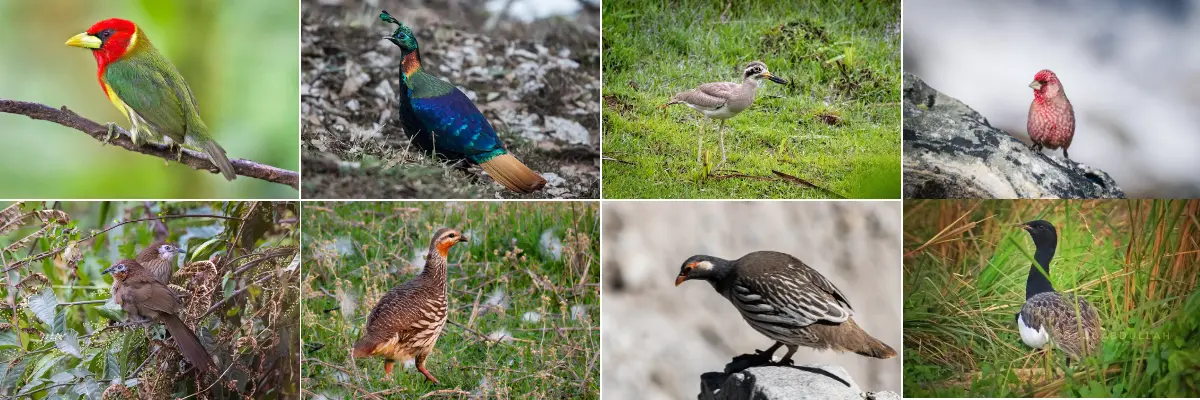
Table of Contents
Did you know Nepal is home to nearly 9% of the world’s bird species? From majestic, colourful Himalayan Monal to rare Rwamp Francolins, Nepal has over 890 species of birds. For this very reason, birdwatching in Nepal is one of the most popular activities in the country.
Himalayan Monal fluttering all around alpine forests, and several flocks of birds flying parallel to the Himalayan giants, returning to their nests, this view is just magical. Birdwatching in Nepal is nothing short of a paradise for bird enthusiasts.
Nepal is a small Himalayan country, home to several rare bird species, including the endemic Spiny Babbler (only found in Nepal). Nepal is the perfect place for both the birds and those admired on the planet.
Whether you are a seasoned bird researcher or just want to experience the joy of birdwatching, Nepal’s diverse features make it the perfect destination for you.
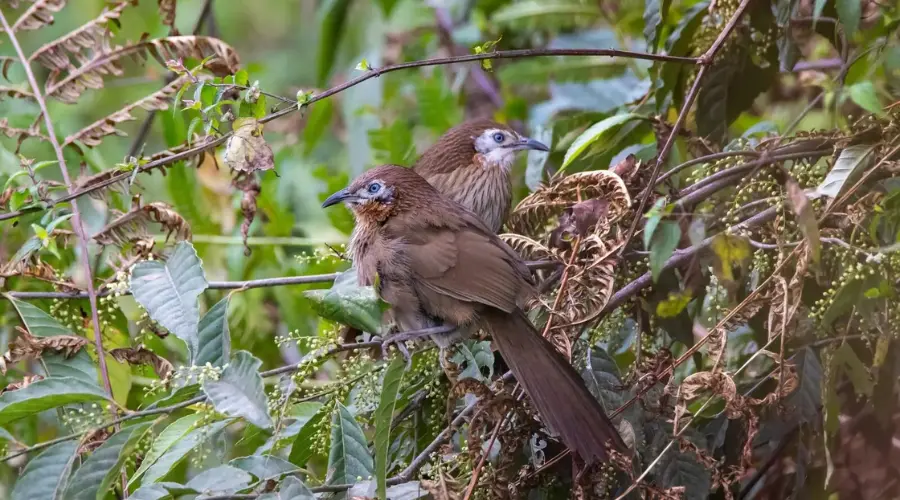
Why Nepal is a Birdwatcher’s Paradise?
Nepal may be small in size, but its diversity and natural beauty are going to leave you in awe. Nepal has an incredibly diverse range of landscapes. From tropical forests, wetlands, and foothills to high-altitude ecosystems and glacial lakes in Nepal, there are all sorts of ecosystems for birds to flourish in.
Every year, hundreds of migratory bird species fly thousands of miles to Nepal. Koshi Tappu Wildlife Reserve (eastern Terai), Ghodaghodi Lake (far-western Nepal), Rara Lake (Mugu, northern part of Nepal), and Chitwan National Park (south-central Nepal) are especially known as the best spots for migratory birds in Nepal.
From east to west and north to south, different parts of Nepal have different terrains that are favourable for every species of bird.
Phulchowki Hill and Taudaha Lake are popular spots for birdwatching in Kathmandu Valley. Whether it be Kathmandu or any part of Nepal, birdwatching is not only thrilling but also very accessible.
Top 10 Best Spots for Birdwatching in Nepal
From the lush jungles of Chitwan to the alpine meadows of Langtang Valley, birdwatching in Nepal offers unmatched diversity and breathtaking scenery. Whether you are a researcher or just an occasional trekker in the Himalayas, spotting migratory birds at Koshi Tappu or searching for the elusive spiney babbler is the most rewarding experience in Nepal.
Here are 10 best spots in Nepal where you can enjoy birdwatching.
1. Chitwan National Park
The Chitwan National Park is one of the most visited birdwatching spots in Nepal. It is located in the lowland Terai region and is home to more than 540 bird species. Bishazari Tal, Rapti riverbanks, and the grasslands near Sauraha are particularly known for the best spots for birdwatching.
The rich wetlands, grasslands, and Sal forests make it an ideal habitat for birds like the Bengal Florican, Storks, Herons, Hornbills, and Kingfishers. It’s a must-visit for those wanting to experience Nepal’s tropical birdlife.
2. Koshi Tappu Wildlife Reserve
The Koshi Tappu Wildlife Reserve is located in eastern Nepal. It is a Ramsar-listed site and an absolute haven for water and migratory birds. During peak migration seasons, tourists can witness flocks of Swamp Francolins, Ibises, Egrets, and Storks. It’s one of the best wetland birding destinations in South Asia, particularly during winter and post-monsoon.
There are around 441 species of birds, out of which 14 species have been listed as endemic species. Additionally, visitors can spot 20 species of ducks, 2 Ibis species, White Tailed Stonechat, Striated Marsh Warbler, 30 shore birds, and 114 water birds.
Koshi Barrage, wetlands around the Kusaha area, and the grasslands near the eastern embankment are the best birding areas here.
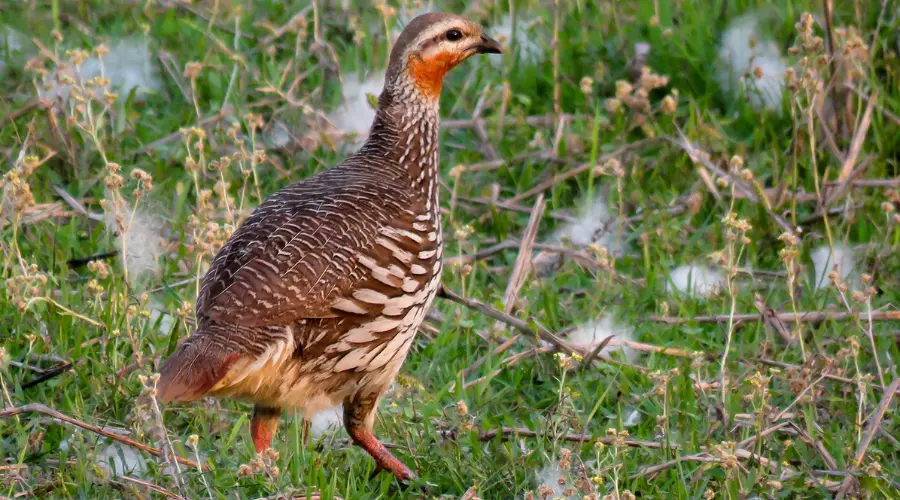
3. Phulchowki Hill
Only a short drive from the capital, Phulchowki Hill rises to about 2,760 meters (9,055 feet) and shelters over 300 bird species. This subtropical forest is ideal for spotting Himalayan Woodpeckers, Eagles, Warblers, and the rare Spiny Babbler. Its easy accessibility makes it a favourite weekend getaway for local birders.
About 290 species of birds have been recorded in Phulchoki Mountain Forest (PMF). Godavari Botanical Garden and forest trails along the southern slopes are hotspots for bird watching.
4. Shivapuri Nagarjun National Park
Just on the northern edge of Kathmandu, Shivapuri Nagarjun National Park is another easily accessible spot for birdwatching. Rich in flora and fauna, it’s home to Laughing Thrushes, Cuckoos, Minivets, and many other species. Birdwatchers love the convenience of trekking and birding here, which is not far from the city.
18 orders and 71 families, about a total of 396 species of birds are known to be found in Shivapuri National Park. Visitors are likely to spot these birds around the Sundarijal trail, Budhanilkantha, and the Nagarjun Hill section near Balaju.
5. Bardiya National Park
Located in the western part of Nepal, Bardiya National Park is known for Sarus Cranes, Kingfishers, and jungle/wild fowl spotting. Dense Sal forests and rivers provide sanctuary not only for birds but also for Bengal tigers. Its remoteness adds charm for those seeking solitude and rare wildlife spotting in Nepal.
Bardiya National Park is home to 513 species of birds. These species can be spotted around the Karnali floodplains, Babai Valley, and the park headquarters’ area.
6. Langtang National Park
As you hike through the Langtang Valley, you’ll encounter some of the Himalayas’ most iconic birds. With elevations ranging from 1,000 to over 7,000 meters (3,280–22,960 feet), this park is perfect for spotting Himalayan Monals, Blood Pheasants, Rosefinches, and Accentors. It’s a dream for trekkers who love combining trekking with birding.
More than 250 species of birds are recorded here, which are normally seen on the Langtang Valley Trek route, especially around Ghodatabela and Langtang Valley forests.
Besides rare birds, Langtang is also popular for occasional red panda spotting.
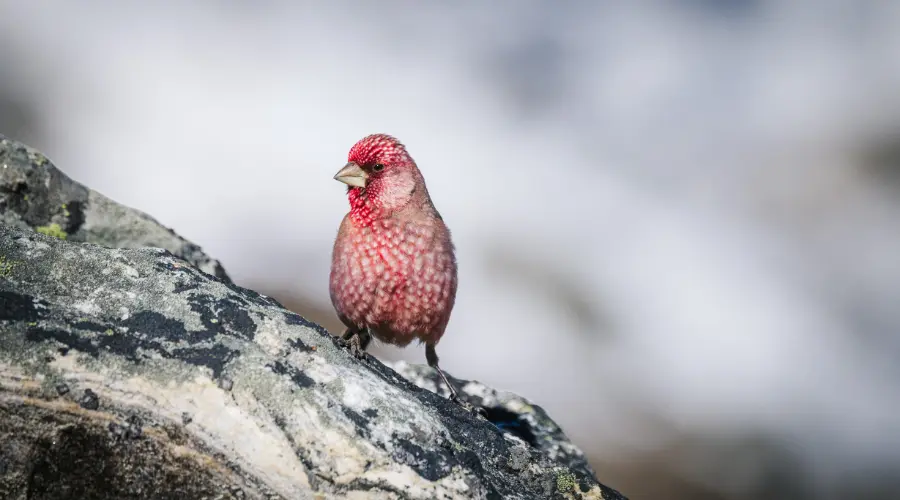
7. Rara Lake Region
The Rara National Park, surrounding Nepal’s largest lake, offers untouched wilderness and serene settings for birdwatchers. Alpine forests and open meadows are home to birds like the Himalayan Snowcock, Redstarts, and Snow Pigeons. Because of its isolation, sightings feel even more rewarding.
About 215 species of birds have been recorded in the Rara Lake region. So, you might be lucky enough to spot these birds when you are around Rara Lake, the Murma Top trail, and the pine forests near Talcha.
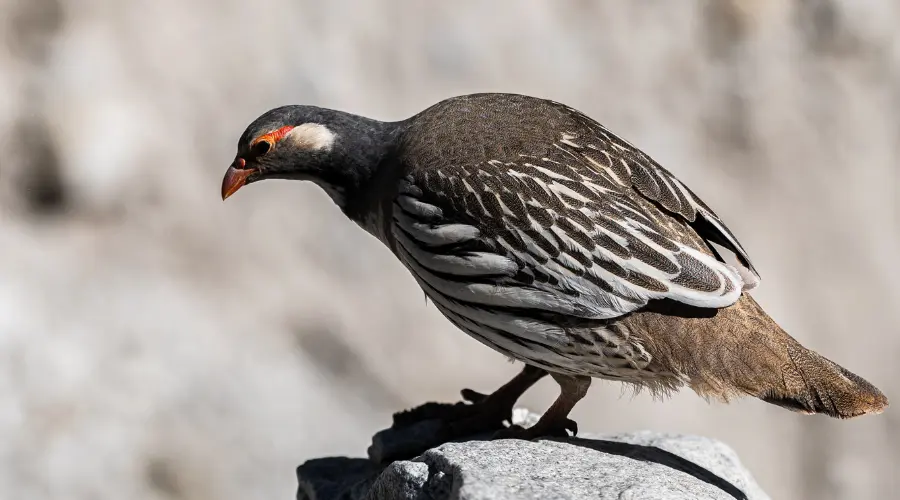
8. Ghodaghodi Lake Complex
Situated in the Kailali district, this Ramsar site in western Nepal is home to over 140 bird species. The Ghodaghodi Lake Complex is particularly known for migratory birds and raptors. With lakes, marshes, and surrounding forests, it’s worth exploring.
A total of 140 bird species have been recorded here, including the globally threatened White-Rumped Vulture, Slender-Billed Vulture, Lesser Adjutant, Ferruginous Pochard, Darter, and Indian-Spotted Eagle. These birds especially nest around Ghodaghodi Lake, Nakharodi Lake and Budhi Ghodaghodi.
9. Jagdishpur Reservoir
Nepal’s largest man-made reservoir, Jagdishpur, located in Kapilvastu, attracts large numbers of waterfowl. During the winter, you’ll see flocks of Bar-Headed Geese, Ducks, and Cormorants. Its calm, open waters offer great opportunities for photography and peaceful birdwatching.
More than 110 species of birds live, particularly around the northern embankment, agricultural fields, and southern marshes.
10. Tansen and the Palpa Region
The Tansen and Palpa region of Nepal is often overlooked for birdwatching. However, these areas, in western Nepal, feature lush hills and forests filled with birdlife. This area is perfect for spotting Barbets, Drongos, and Sunbirds, especially in the early mornings.
Srinagar Hill, Rani Mahal trail, and the forests around Argali and Baugha Ghuma are known as the best birdwatching spots around Tansen and the Palpa region. Roughly 150 species of birds can be found around here.
So, whenever you are around this region, do not just go shopping for brass utensils or enjoy breathtaking views of the Himalayas, but also explore a variety of birds.
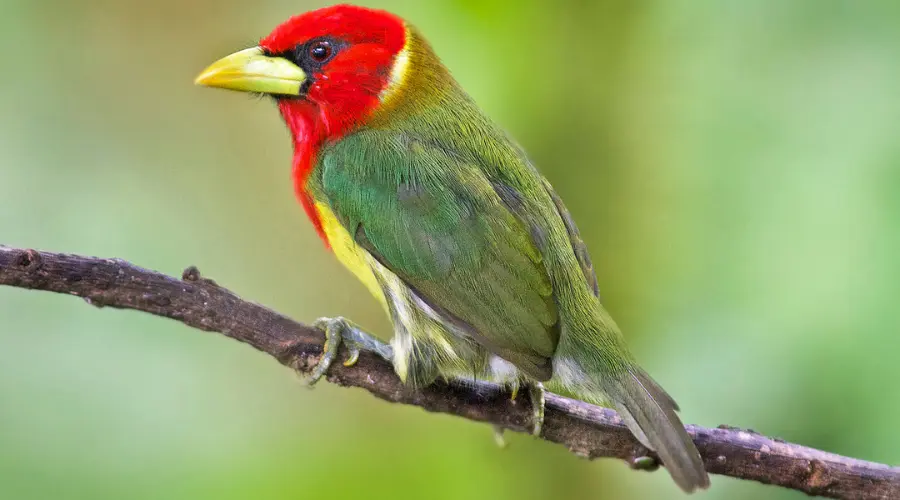
Rare & Endemic Birds of Nepal
Birdwatching in Nepal offers the unique chance to see rare and endemic species. The most famous is the Spiny Babbler, found only in Nepal. Other rare birds include the Bengal Florican, the Himalayan Monal (national bird of Nepal), and the Swamp Francolin. These are often found in protected areas and require permits to enter the area. Hiring a local guide would be a wise choice.
Other notable birds in Nepal are the satyr tragopan, the cheer pheasant, and the red-headed trogon.
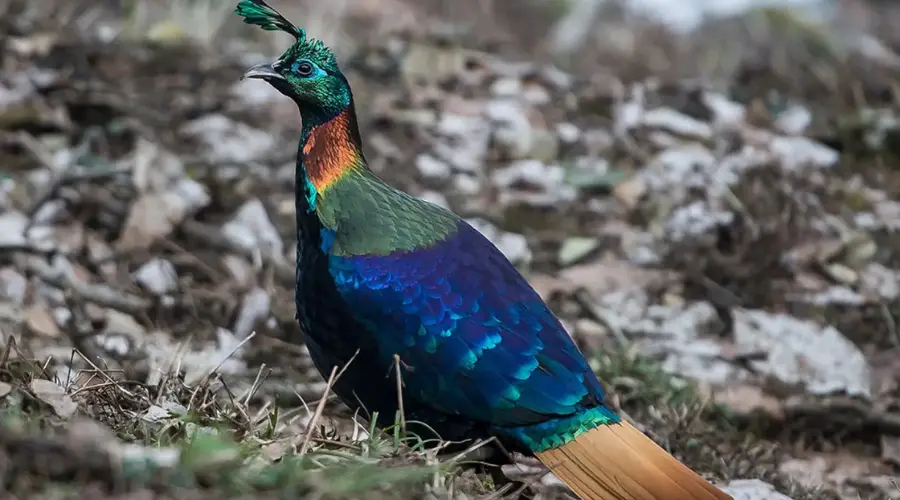
Best Time for Birdwatching in Nepal
There is no specific time or season that is considered best for birdwatching in Nepal. Birdwatching in Nepal can be done year-round.
Autumn (October-November) is an excellent season for birdwatching. The visibility is excellent and is featured with mild weather, making this the best time for hill and forest birding. Lush forests, after monsoon rain, provide the perfect destination for migratory birds.
Likewise, spring (March-May) is another good season to see birds in breeding plumage. During this time, identifying birds is easier and more photogenic. It’s also when forest flowers bloom, attracting nectar-feeding species.
Similarly, winter (December-February) is ideal for lowland wetland birdwatching. Koshi Tappu and Jagdishpur Reservoir are particularly known for migratory waterfowl, such as Ducks, Geese, and Herons, which congregate in large numbers.
Moreover, monsoons (June-September) might be a challenging season for trekking, but they are prime time for breeding many resident birds.
Birdwatching Tours and Tips
To get the most out of birdwatching in Nepal, consider joining a specialised birdwatching tour led by trained ornithologists or local guides. They can identify birds by their chirping, movement, and silhouette, offering insights into their behaviour and ecology.
Tips for a rewarding experience:
- Start early: Birds are most active just after sunrise.
- Be quiet and still: Sudden movements and loud noises can scare birds away.
- Keep a journal: Note the birds you see, time, habitat, and behaviour.
- Respect local customs: Especially when birding near rural villages or religious sites.
- Avoid flash photography: It can disturb birds, especially during nesting season.
- Use local resources: Nepal has a growing community of birdwatchers, so joining clubs like the Bird Conservation Nepal (BCN) can connect you with locals and experts.
You can find birding tours ranging from one-day excursions near Kathmandu to multi-day treks in regions like Langtang or Koshi Tappu.
What to Pack for a Birdwatching Trip in Nepal
A well-prepared birder gets the best sightings! Your packing list should vary slightly depending on whether you’re birding in the Terai lowlands or the Himalayan highlands, but here’s a general guide:
Essential Gear:
- Binoculars: Clear, bright optics are vital.
- Bird field guide (specific to Nepal or South Asia): Helpful for quick identification.
- Notebook and pen: For field notes, sketches, or species logs.
- Spotting scope (optional): Great for wetland birding or distant views.
Clothing & Accessories:
- Earth-toned clothes: Helps blend with surroundings.
- Comfortable trekking shoes or boots: Many birding sites involve hiking.
- Sunhat, sunglasses, and sunscreen: Especially in exposed areas.
- Rain jacket and layers: Weather can change rapidly, especially in hills.
- Insect repellent: Crucial in warmer, marshy areas.
- Reusable water bottle and snacks: Many sites don’t have amenities.
Optional but useful items:
- Camera with a zoom lens: For capturing feathered moments.
- GPS or offline map apps: For navigating forest trails.
- Headlamp or flashlight: If starting pre-dawn.
Packing light but smart ensures you’re ready for spontaneous sightings and long hours in nature.
Conclusion
Though small country, Nepal is a wonder in itself. The diverse landscapes, where people can see the Himalayas, hills and low plains of Terai in a single frame. Apart from birdwatching in Nepal, it is equally popular for stunning views and culture.
Whether in a canoe on the Koshi Tappu wetlands or on an exciting Rara Lake Trek, the birdlife and wildlife never fail to amaze you.
Bring your binoculars, have patience, and let the natural beauty of Nepal and its forests do the magic.
Want to know more?
Speak to an Expert





Sandip Dhungana
Nepal 🇳🇵
Whatsapp: +977-9823636377



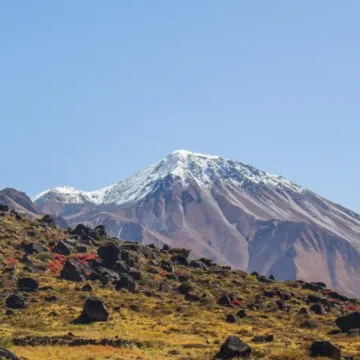
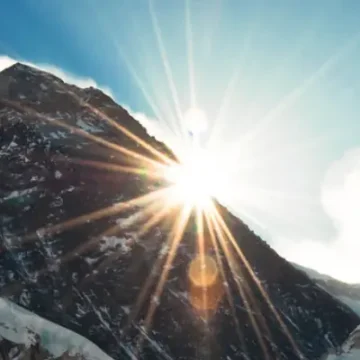



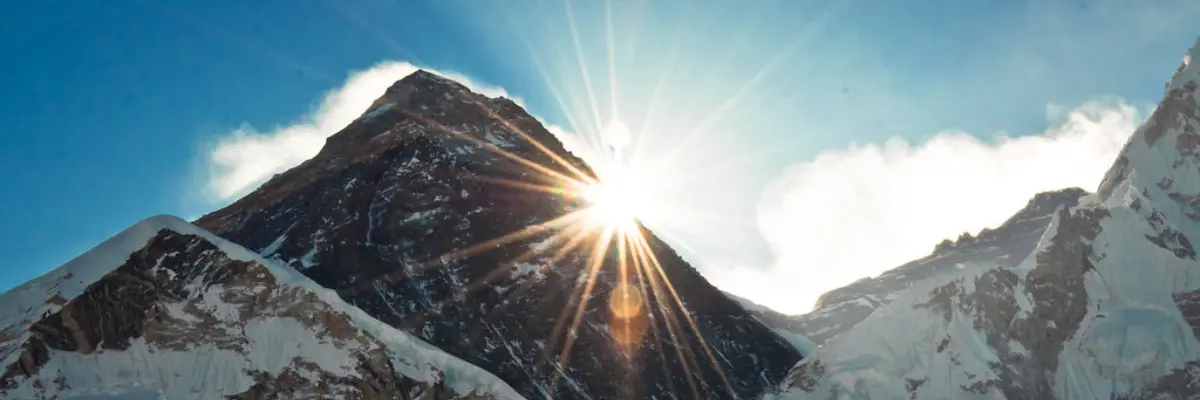

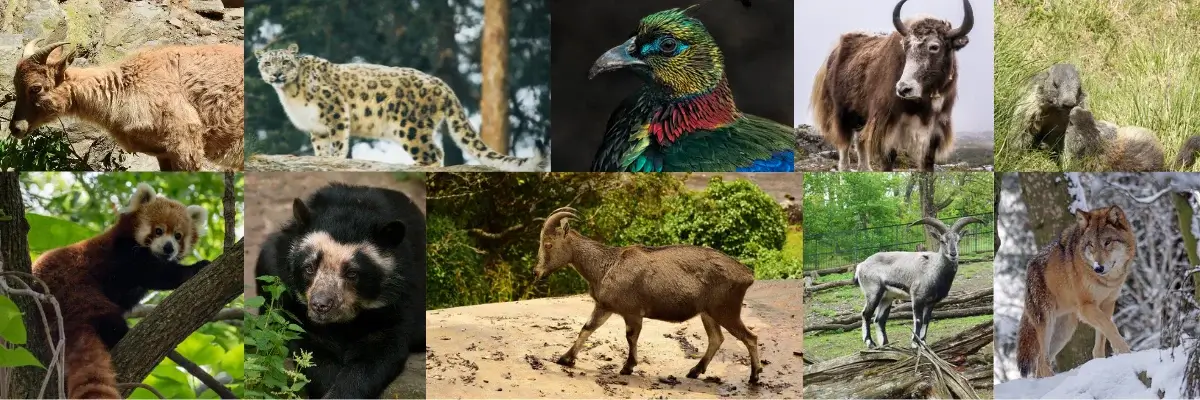
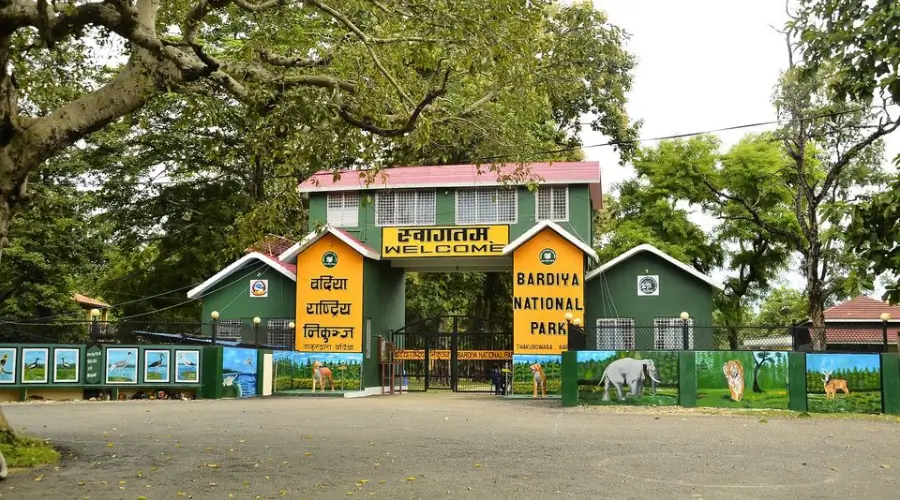

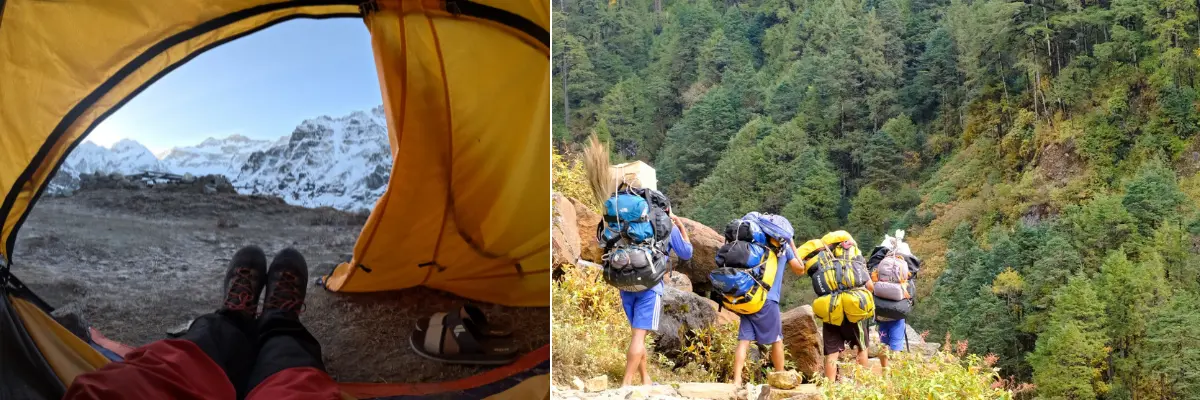









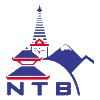



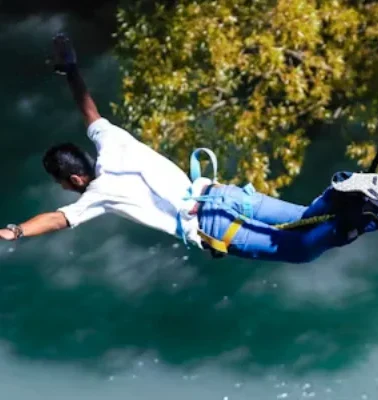
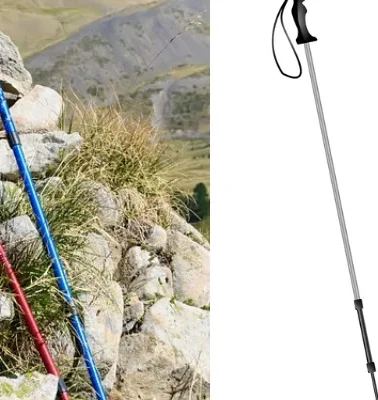
Leave Your Comment